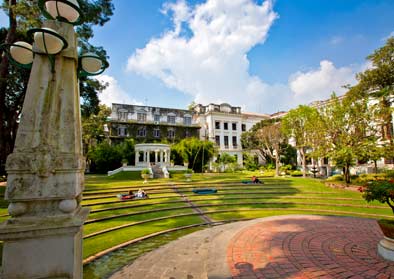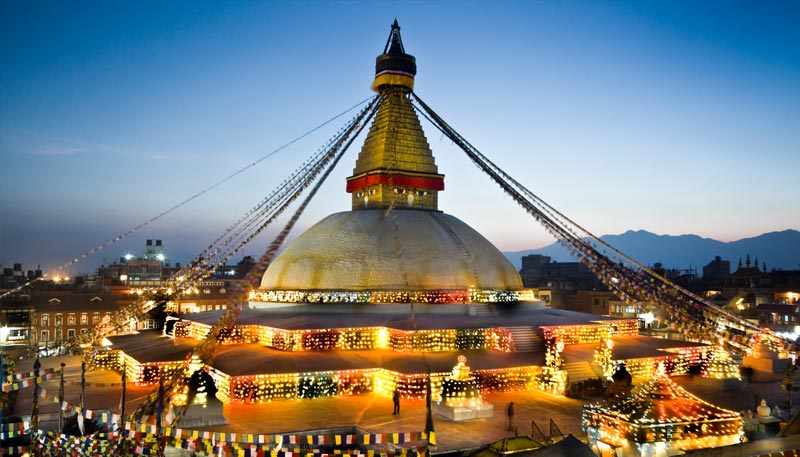Garden of Dreams
If quality time is what you seek, then a visit to the Garden of Dreams is a must. Garden of Dreams is a neo classical historical garden in the midst of Kathmandu city. The huge garden includes pavilions, amphitheater, central ponds, pergolas, urns and combination of small gardens to larger ones. Initially, the garden was famous as the garden of Six Seasons which was created by Late Field Marshal Kaiser Sumsher Rana (1892-1964) in early 1920. After the completion of this Garden, it was considered as one of the most sophisticated private gardens of that time.


The garden and its pavilions were neglected to the point of collapse. In the year 2007, it was brought back to life by the same Austrian financed team that created the Patan Museum.
About Garden of Dreams
Garden of Dreams has managed to enthrall the visitors ever since it was re-opened. A visit to the garden offers a refreshing and rejuvenating experience to the mind, body and soul with its ambience and amenities.
There are various notable and praiseworthy attractions in the garden, including the original gate, a marble inscription from Omar Khayam’s Rubaiyat, the new fountains and ponds, and a quirky ‘hidden garden’ to the south.
To truly savour the serenity, you can visit the garden with a picnic to enjoy a relaxing day. The garden is also well equipped with Wi-fi facility available for a minimum charge of Rs 50 per hour.
History
The Garden of Dreams has a varied history. Built in the 1920's, the garden was originally named as ‘The Garden of Six Seasons’ (after Nepal’s six seasons). It was formerly a private garden for Field Marshal Kaiser Sumsher Rama, who requested an elegant, European neo-classical walled garden with pavilions, fountains, ponds, pergolas, and verandas to accompany his sprawling mansion.
Design
The garden was remarkably modern in its time, comparable to other garden designs in the first quarter of the 20th century. The architectural sophistication of the individual pavilions suggests that they were inspired by pattern books, with minor local adaptations. Surrounding the planting areas along the path's perimeter are sunken flower gardens with large ponds at their center.
